1. Overly Elaborate Water Features
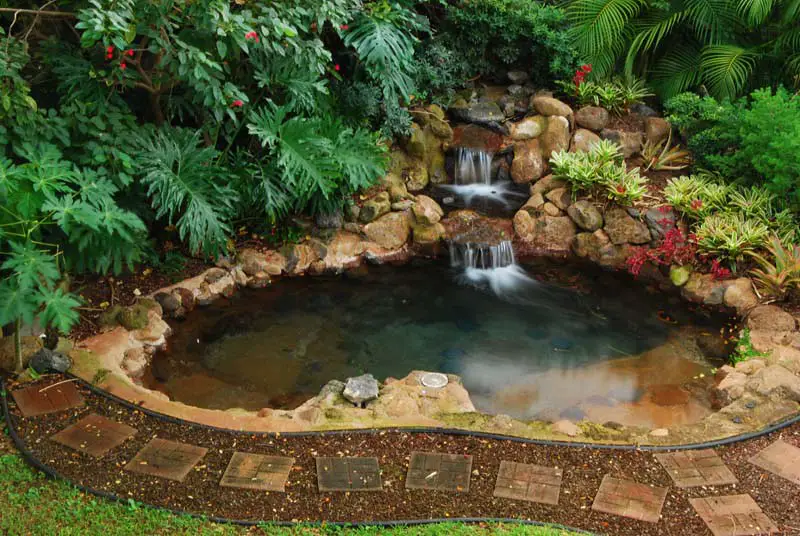
While water features like fountains, ponds, and waterfalls can add aesthetic appeal to a garden, overly elaborate designs can have the opposite effect on a home’s value. Large, intricate water features often require constant maintenance, such as regular cleaning, refilling, and repair of pumps and filtration systems. According to The Spruce, buyers are often discouraged by the amount of upkeep required for elaborate water features, especially if they are not in line with the home’s overall design. These water features are often seen as costly and time-consuming rather than a value addition, and many prospective buyers worry about the long-term maintenance expenses.
In many cases, these features end up becoming distractions in the garden rather than enhancing the beauty of the space. Moreover, features like fountains or ponds can require large amounts of water, which may lead to concerns about waste, especially in areas where water conservation is a priority. Overly ornamental or noisy water features can also detract from the peaceful, relaxing atmosphere that many homebuyers are seeking in an outdoor living space. Homebuyers tend to gravitate toward low-maintenance, sustainable landscaping options, making simpler, more natural water features a better investment. Keeping water features small, well-maintained, and proportionate to the space can make a more lasting, positive impression.
2. Overgrown and Unkempt Gardens
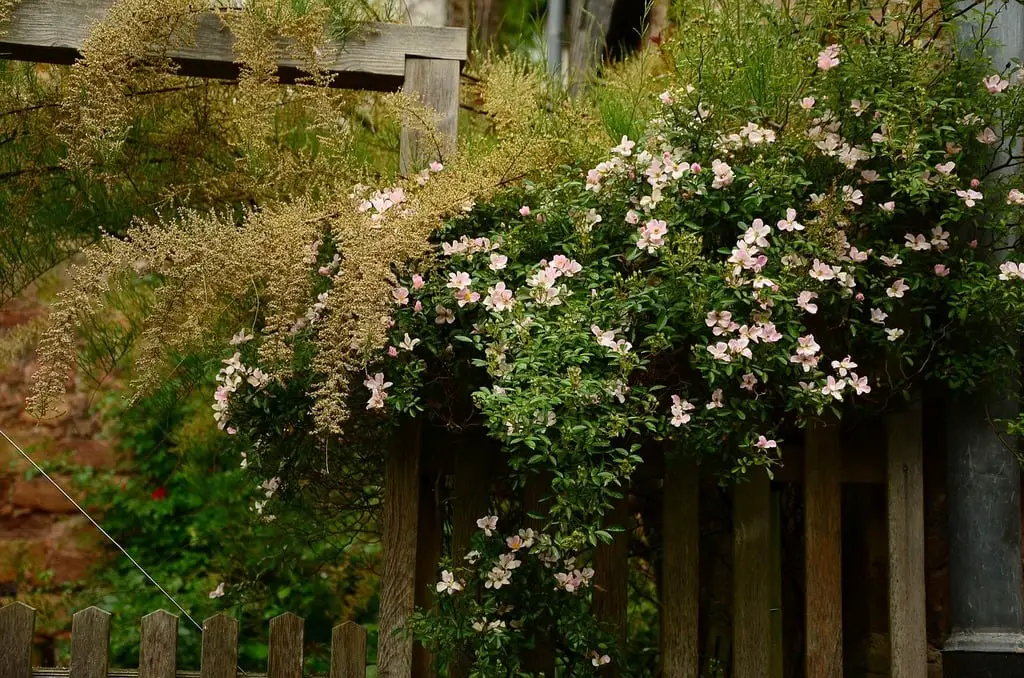
While some may appreciate the charm of a garden that looks wild and free, an overgrown and unkempt garden can significantly hurt a home’s curb appeal and its market value. Overgrown plants and bushes can easily become a sign of neglect, which can be an immediate turn-off for potential buyers. According to Realty Times, when a garden is allowed to grow unchecked, it can obscure important features like walkways, garden beds, and outdoor living spaces, making the yard seem cluttered or uninviting. Furthermore, overgrown plants often hide pests, diseases, or damaged features that buyers may find concerning.
Excessive growth can also result in overhanging branches, making a yard feel cramped and unsafe. Homebuyers want to envision themselves in a clean, organized space that they can easily maintain, and an overgrown garden can make this difficult. Additionally, these wild gardens may attract pests and allergens, creating potential health concerns for the future homeowners. A well-maintained garden with neat, manicured lawns and clear pathways is far more appealing to buyers and increases the perceived value of the home. It’s important to keep plants in check and remove any invasive species to present a tidy, inviting outdoor space that enhances the home’s overall appeal.
3. Excessive Lawn Turf
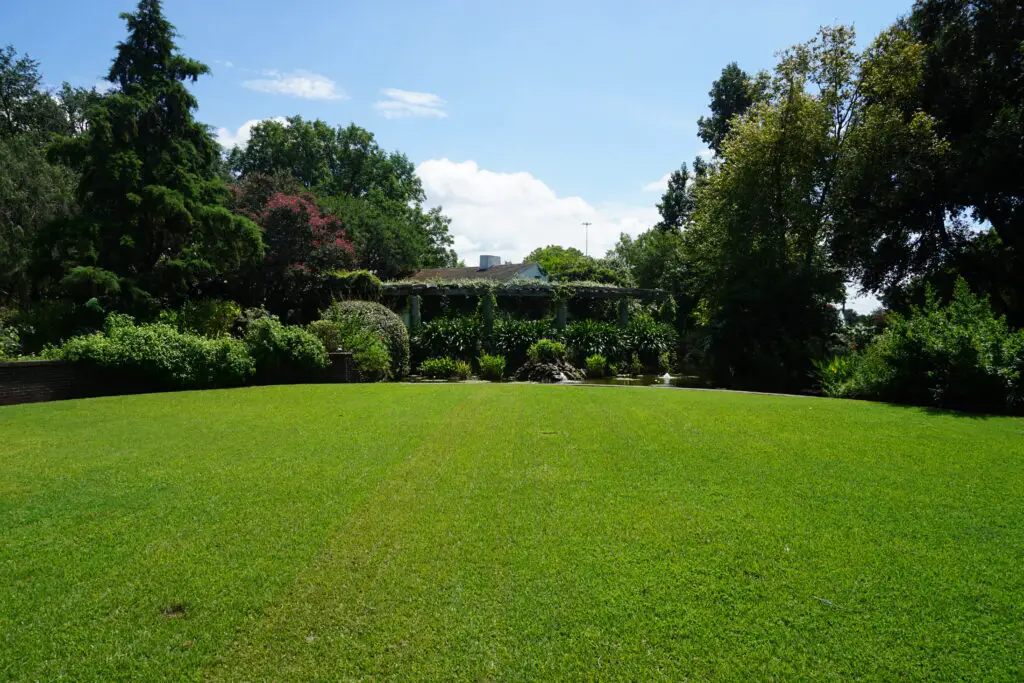
Expansive lawns of grass may have once been the hallmark of a beautiful garden, but they can now significantly detract from a home’s value. Lawns require a significant amount of maintenance, including regular mowing, watering, and fertilizing, all of which can add up to a considerable time and financial investment. According to the National Wildlife Federation, traditional lawns use large amounts of water and chemical fertilizers, which can contribute to environmental degradation. Homebuyers today are more eco-conscious and are increasingly opting for homes with lower-maintenance, sustainable landscaping. The rise of xeriscaping, which utilizes drought-tolerant and native plants, is a popular trend that minimizes the need for excess water and upkeep.
Overly large lawns are seen as a burden in comparison to these environmentally friendly alternatives, as they often require constant maintenance and pose a challenge for eco-minded buyers. Additionally, a lawn with excessive turf can lead to higher utility bills due to the need for frequent watering, especially during hot, dry months. By opting for smaller lawns and incorporating more natural, sustainable features like native plants or hardscaping, homeowners can make their properties more appealing to a broader pool of buyers. Smaller, well-curated green spaces that require less care can greatly enhance the value of a property, while also reducing the environmental impact.
4. Invasive Plants
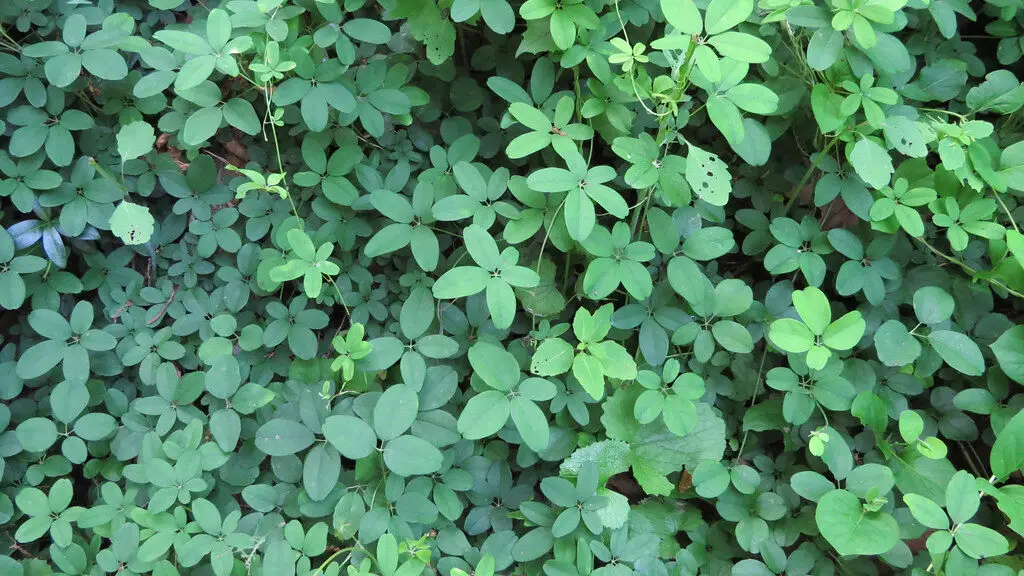
Invasive plants may seem like an attractive addition to a garden at first, but their long-term effects can dramatically lower a home’s market value. These plants are known for their ability to spread rapidly, often overpowering native species and disrupting local ecosystems. According to the National Invasive Species Information Center, invasive plants can become very difficult to control and may require costly removal efforts. Homebuyers are often turned off by these plants, as they can create a sense of disorder in the garden and signal that the property may have been poorly maintained. Invasive species can also cause damage to surrounding plants and landscaping features, which can lead to expensive repairs or replacements. Furthermore, these plants can attract pests and contribute to soil degradation, further deteriorating the health of the garden.
Once an invasive plant species establishes itself, it can be nearly impossible to eradicate without significant time, effort, and resources. When prospective buyers see an abundance of these invasive species, they may be hesitant to invest in a home that requires the additional cost of managing the landscape. Choosing native or well-behaved plants that complement the local environment is a safer, more marketable choice for homeowners. A garden free of invasive species will not only look better but will also be much easier to maintain and enjoy.
5. Over-Designed Landscaping
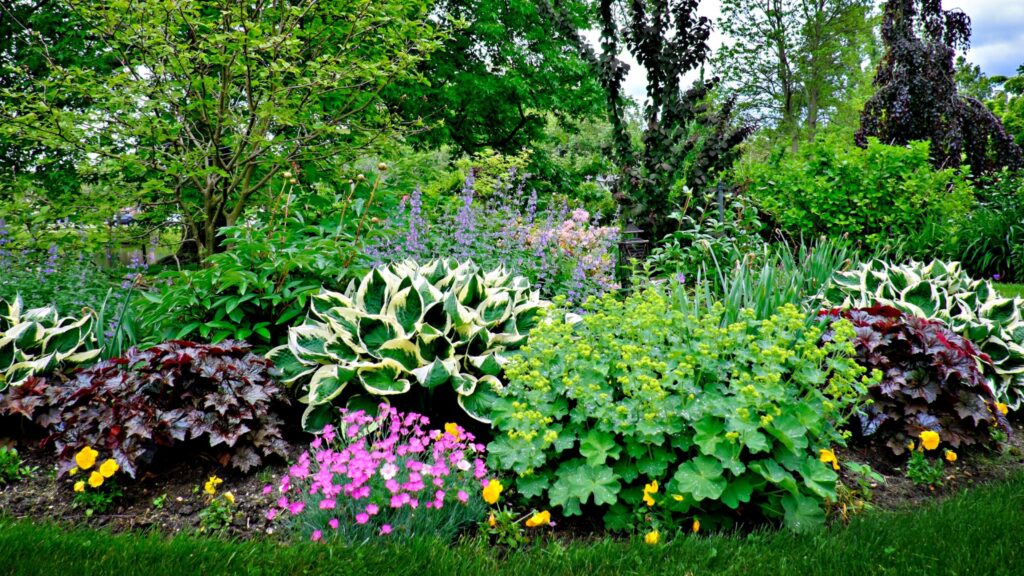
In an effort to create a visually striking outdoor space, some homeowners go overboard with intricate, overly designed landscaping features. These designs can quickly make the yard appear too busy or overwhelming, especially when they are filled with too many decorative elements such as statues, ornamental plants, or excessively patterned paving. According to Better Homes & Gardens, over-designed landscapes can create a sense of clutter, leaving little room for personalization or the natural flow of the garden. These overly intricate designs can detract from the beauty of the home itself, as the landscape ends up competing with the house rather than complementing it.
A simpler, more balanced landscaping approach that highlights the natural features of the property tends to be more appealing to homebuyers. Overly complicated gardens can also be harder to maintain, which can raise concerns about the time and effort required to keep them in good shape. A more minimalist approach that incorporates easy-to-care-for plants and clean lines will create an inviting, low-maintenance environment that appeals to a wider audience. Simplicity is key when it comes to landscaping, and a well-curated, natural-looking garden will always have greater appeal than one that feels overdone or over-styled.
6. Artificial Turf
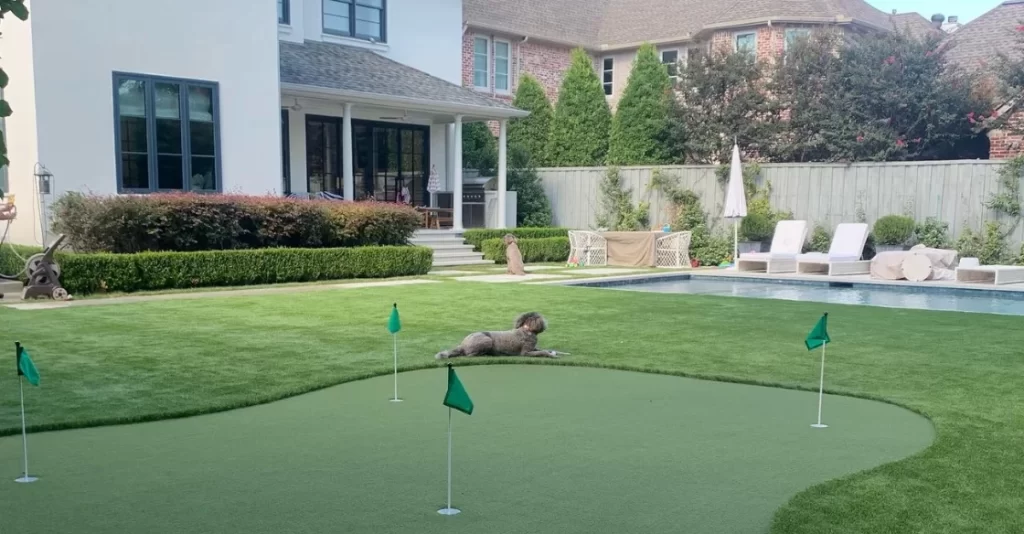
While artificial turf has been touted as a low-maintenance alternative to natural grass, its use can actually harm a home’s value. Many potential buyers prefer natural lawns because they feel more authentic and are often seen as a sign of a well-cared-for home. According to The Spruce, artificial turf may initially seem like an appealing option due to its lack of need for mowing or watering, but it can have significant drawbacks. The synthetic material can get excessively hot in the summer, making it uncomfortable to walk or play on. Furthermore, it can create a “cheap” appearance, which can detract from the home’s curb appeal. Over time, artificial turf can also degrade, leading to patches or discoloration that are difficult to repair.
Buyers looking for homes with sustainable, eco-friendly features may be turned off by the fact that artificial turf is made from non-renewable materials and doesn’t provide the same environmental benefits as natural grass. Additionally, artificial turf can be expensive to install and may not offer a good return on investment. Many homeowners are now opting for low-water, drought-tolerant plants or natural grasses that require minimal maintenance, which aligns better with modern landscaping trends. Artificial turf may have been trendy at one point, but it’s increasingly viewed as a temporary solution with long-term negative effects on home value.
7. Overuse of Mulch
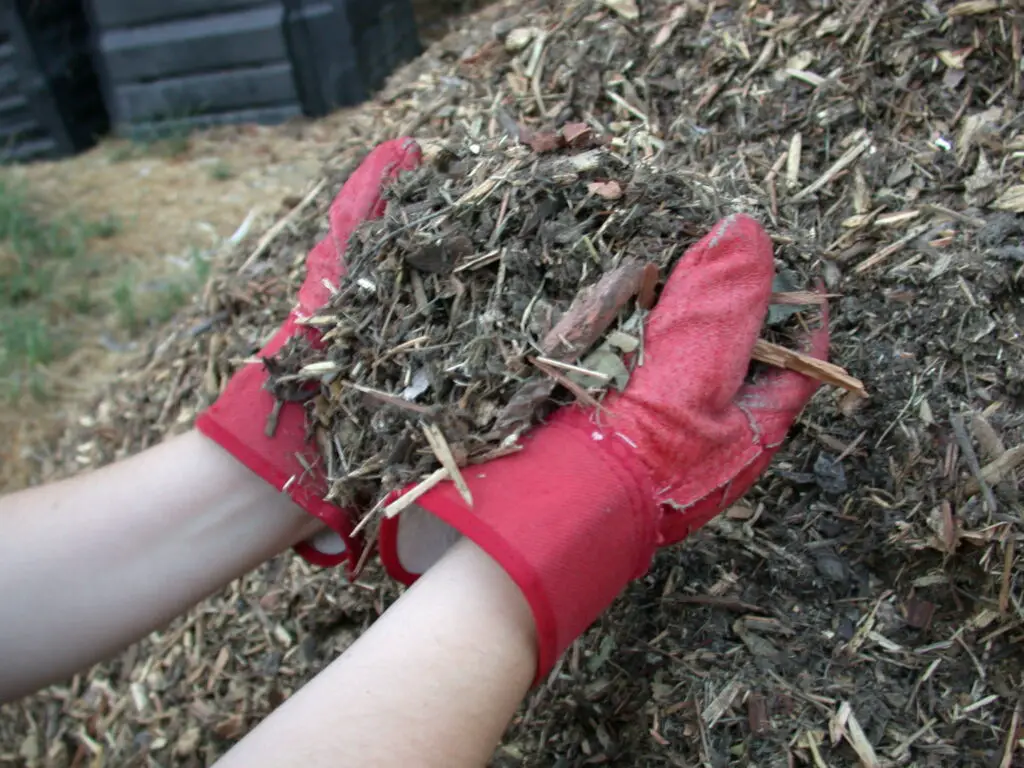
Mulch is a popular landscaping tool for maintaining moisture in the soil and suppressing weeds, but overusing it can harm the value of a home. A thick layer of mulch, particularly when applied incorrectly, can smother plants and cause them to suffocate, reducing their growth potential. According to The Garden Professors, excessive mulch can trap moisture in the soil, creating an environment conducive to mold and root rot.
Additionally, over-mulching can make the garden look messy and poorly maintained, which may put off potential buyers. Excess mulch can also attract pests like termites, which may cause further damage to the garden and even the structure of the home itself. Rather than piling mulch high, it’s best to use a thin, even layer to maintain healthy plants and an attractive, neat garden. Over-mulching is an example of how too much of a good thing can backfire, and keeping landscaping simple and functional will always be more appealing to buyers.
8. Overly Elaborate Hardscaping

Hardscaping elements like patios, walkways, and retaining walls can add value to a home, but overly elaborate hardscaping can have the opposite effect. In the 1980s and 1990s, extravagant designs with excessive stonework or intricate pathways were trendy, but now they can make a yard feel more like a construction site than a relaxing outdoor space. According to Houzz, too much hardscaping can create a “cold” or “sterile” look that detracts from the natural beauty of the garden, leaving little room for greenery or plant life.
Potential buyers may find the space uninviting or difficult to personalize, preferring softer, more organic landscaping that incorporates both hardscaping and living elements. Expensive hardscaping installations often require costly repairs, and homeowners may feel reluctant to take on the upkeep of such elaborate features. Overly elaborate hardscaping can also restrict the usability of the outdoor space, making it difficult to alter or redesign in the future. A well-balanced combination of hardscaping and landscaping that allows for easy customization and maintenance is the key to increasing home value, not excessive or overly complicated designs.
9. Too Many Outdoor Structures
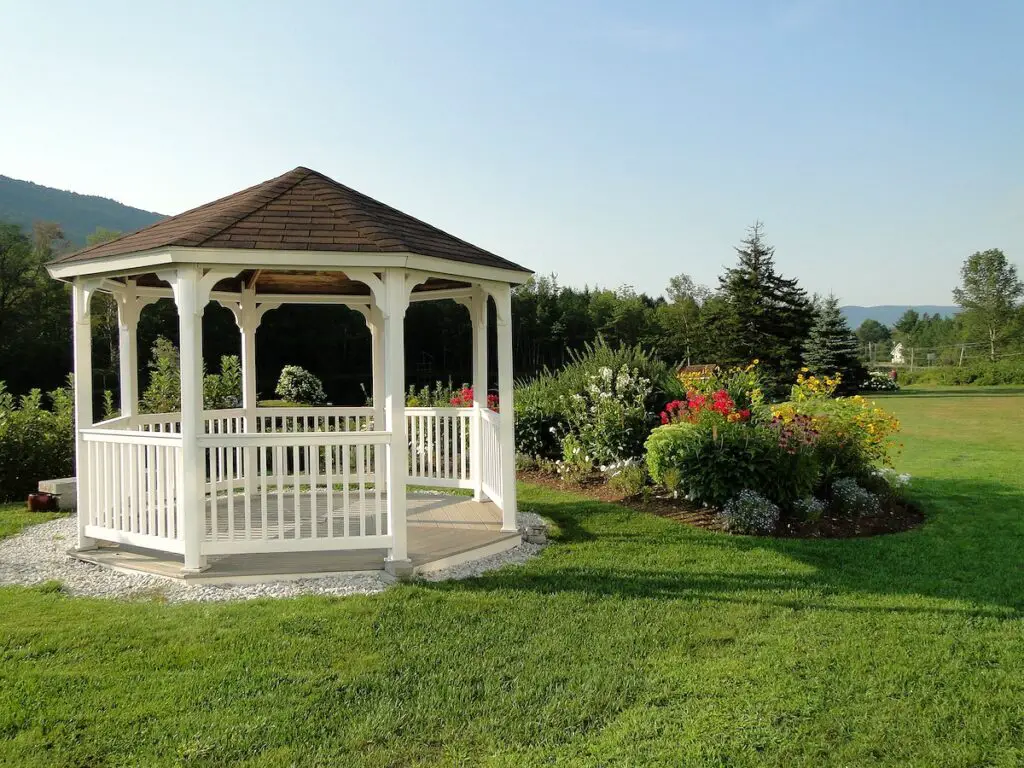
Outdoor structures such as gazebos, pergolas, and outdoor kitchens were once seen as the ultimate luxury, but an overabundance of them in the yard can have the opposite effect on a home’s value. According to Architectural Digest, too many structures can make the yard feel cluttered and overwhelm the natural beauty of the space. Excessive outdoor structures can also limit the amount of open space in the yard, which is often desirable to potential buyers looking for a more versatile outdoor area.
While an outdoor kitchen or covered patio may appeal to some buyers, others may view these structures as unnecessary or expensive to maintain. The cost of installing and maintaining multiple outdoor structures can quickly add up, and some buyers may not want to deal with the complexity. Overcrowding the yard with multiple features also makes it difficult for buyers to envision how they might use the space. A well-designed outdoor area should have a clear focal point, with minimal but thoughtful structures that enhance the functionality and beauty of the yard without overwhelming it.
10. Overuse of Annuals
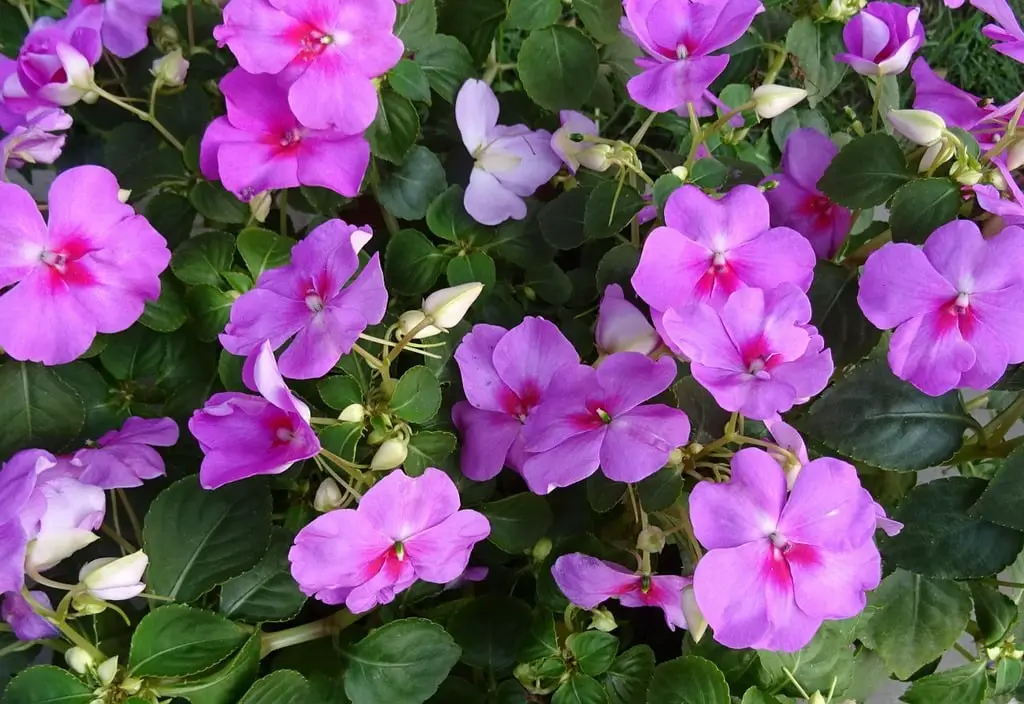
While annuals can add vibrant color to a garden, an overreliance on them can have a negative impact on a home’s value. Annuals require constant replanting each season, which can be both time-consuming and costly. According to Better Homes & Gardens, homeowners often invest heavily in annuals without realizing that they require ongoing care and attention to thrive. This constant upkeep can be seen as a burden for potential buyers, particularly those who are looking for low-maintenance, sustainable landscaping.
Furthermore, annuals have a relatively short lifespan, meaning that once they are gone, the garden may appear barren or lacking in interest during the off-season. Instead, focusing on perennials—plants that come back year after year—can create a more stable, long-term landscape that requires less effort and investment. Buyers tend to prefer gardens that can look beautiful throughout the year with minimal work, so shifting toward more permanent, low-maintenance plants can significantly increase a home’s appeal.
11. Non-Native or Exotic Plants

Non-native or exotic plants are often chosen for their unique appearance or to make a bold statement in a garden, but they can actually lower a home’s value over time. These plants can disrupt the local ecosystem, outcompeting native species and requiring more water, fertilizer, and pesticides to thrive. According to The National Wildlife Federation, non-native plants can often be more susceptible to pests and diseases, which can lead to further complications in the landscape. Additionally, exotic plants can require special care, which is a turnoff for many homebuyers who are seeking a low-maintenance yard.
These plants often have specific climate or soil needs that make them challenging to grow in certain areas, leading to costly upkeep for the homeowner. Native plants, on the other hand, are better suited to the local environment, need less water, and provide essential habitat for wildlife, making them more desirable to both eco-conscious buyers and those looking for a more sustainable garden. By replacing non-native plants with native species, homeowners can create a beautiful, thriving garden that appeals to a wider range of potential buyers.
12. Overly Formal Landscaping

Overly formal, symmetrical landscaping may have been popular in past decades, but today, buyers often prefer more natural, relaxed designs. A rigid, highly structured landscape with perfectly manicured lawns, symmetrical plantings, and neatly clipped hedges can feel stifling and lack personality. According to House Beautiful, this type of landscaping may seem outdated, especially when compared to more organic, informal designs that reflect the natural beauty of the surrounding environment.
While formal landscaping can have its place in larger estates, it often feels out of place in suburban or smaller properties. Buyers tend to appreciate gardens that offer variety and a sense of flow, with more free-form plantings and varied textures that mimic the natural landscape. Overly formal landscaping can also be more time-consuming to maintain, as it requires regular pruning, trimming, and shaping to stay pristine. Homebuyers are increasingly looking for yards that offer flexibility and ease of care, rather than landscapes that feel like a constant project.
13. Overuse of Artificial Plants
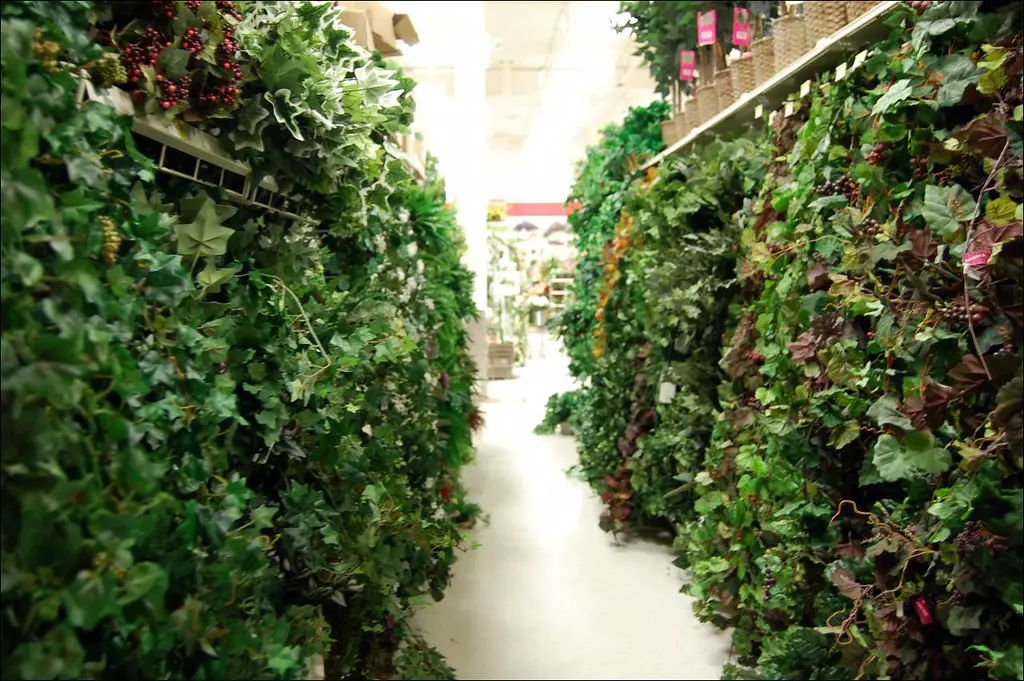
Artificial plants, while offering the illusion of greenery, can often diminish the appeal of a garden and negatively affect a home’s value. While they require minimal upkeep, artificial plants can appear cheap and unrealistic, especially when compared to the lush, vibrant appeal of real plants. According to The Spruce, artificial plants often have a synthetic appearance and can accumulate dust and dirt, making them look even less attractive over time. Buyers are typically drawn to natural, living landscapes that provide both beauty and environmental benefits.
Fake plants, on the other hand, can make a garden seem neglected or lacking in care, as they fail to contribute to the overall health of the environment. Artificial plants are also unable to provide habitat for wildlife or improve air quality, two benefits that real plants offer. While artificial plants may have a place in indoor decor or in low-light areas, using them extensively outdoors can undermine the authenticity and charm of a garden, making the home feel less inviting to prospective buyers.
14. Inconsistent Garden Themes
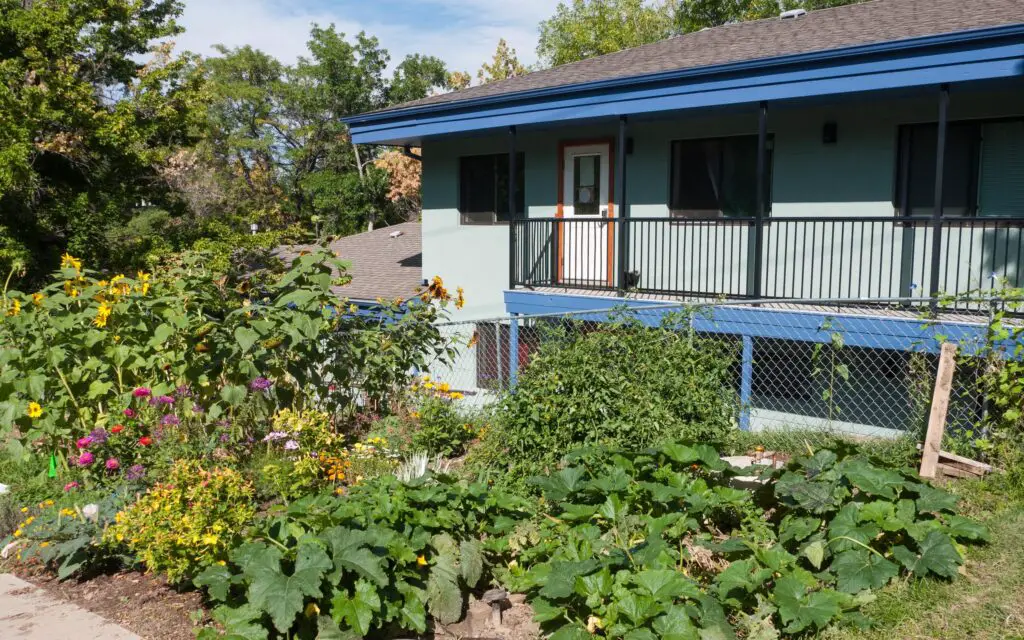
A garden that lacks a cohesive design or features a mishmash of unrelated elements can confuse potential buyers and lower a home’s market value. According to HGTV, inconsistent garden themes can make a space feel chaotic and poorly thought-out, which can be off-putting to those viewing the home. Whether it’s clashing color schemes, mismatched garden furniture, or a mix of plant species that don’t harmonize, inconsistency in a garden’s design can make the outdoor space feel disjointed and cluttered.
Buyers typically seek gardens that feel balanced and cohesive, where each element complements the others and contributes to a clear overall aesthetic. A well-planned garden with a clear theme or design direction—whether it’s modern, rustic, or minimalist—will appeal more to buyers. A cohesive garden that blends plants, hardscaping, and decor in a thoughtful way creates a sense of calm and harmony, which can increase the value of the home and make it more desirable.
15. Excessive Use of Gravel

Gravel is often used as a low-maintenance option for walkways or ground cover, but excessive use can actually detract from a property’s curb appeal and lower its value. While gravel can be a functional choice in certain areas, using it excessively throughout the yard can make the space look barren and uninviting. According to Better Homes & Gardens, large areas of gravel can give a yard a “desert” feel and can be difficult to keep tidy. Weeds can easily grow through the gravel, requiring constant removal, and the stones can scatter, creating a messy look.
Moreover, gravel is not as comfortable to walk on as softer, more natural surfaces like grass or pavers. Buyers may also be concerned about the lack of greenery and the sterile appearance of a yard dominated by gravel. Instead of covering entire yards with gravel, it’s better to incorporate it in small, purposeful areas, such as in paths, fire pits, or specific garden features. A balance of plants, hardscaping, and natural elements will create a more welcoming, balanced environment that is likely to appeal to a wider range of potential buyers.
